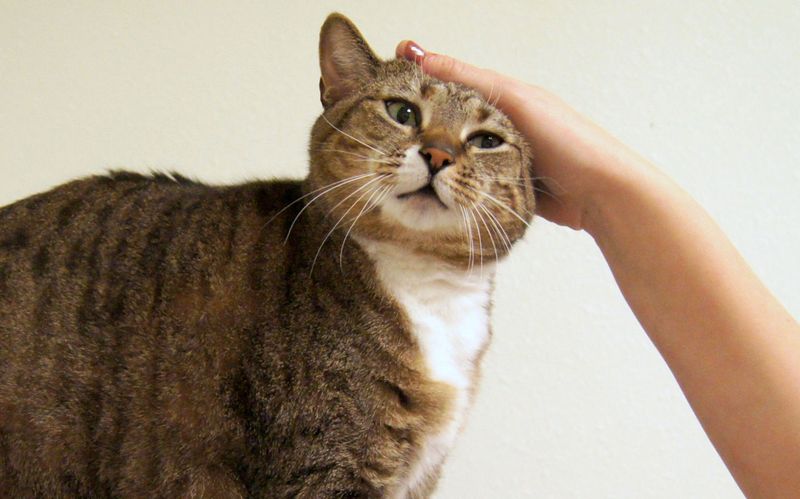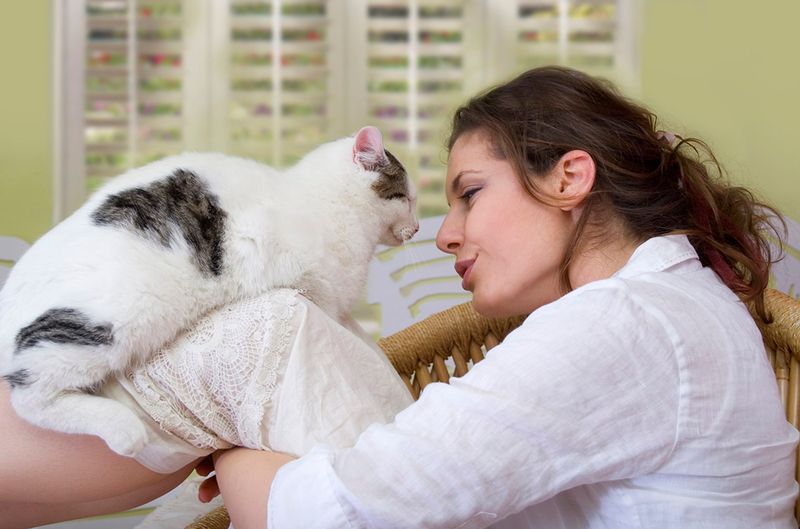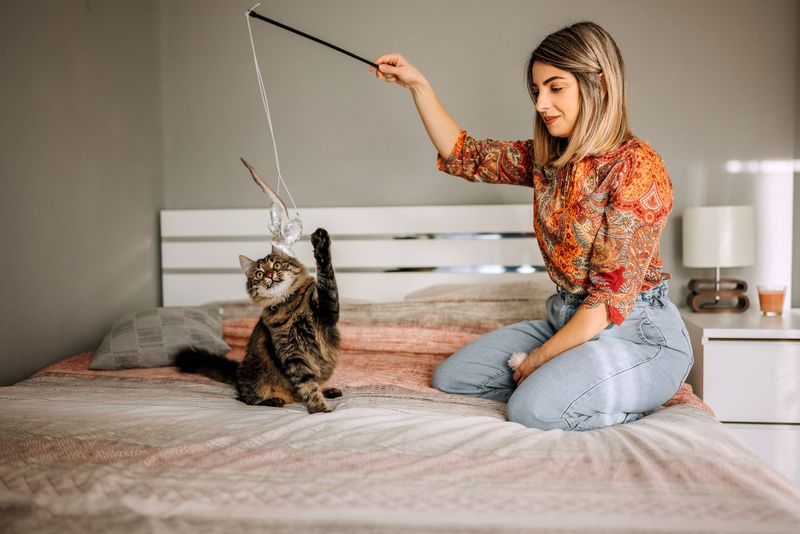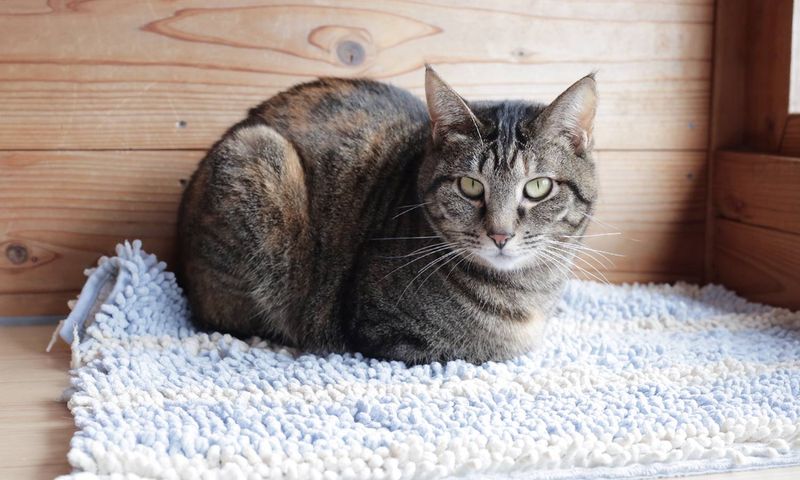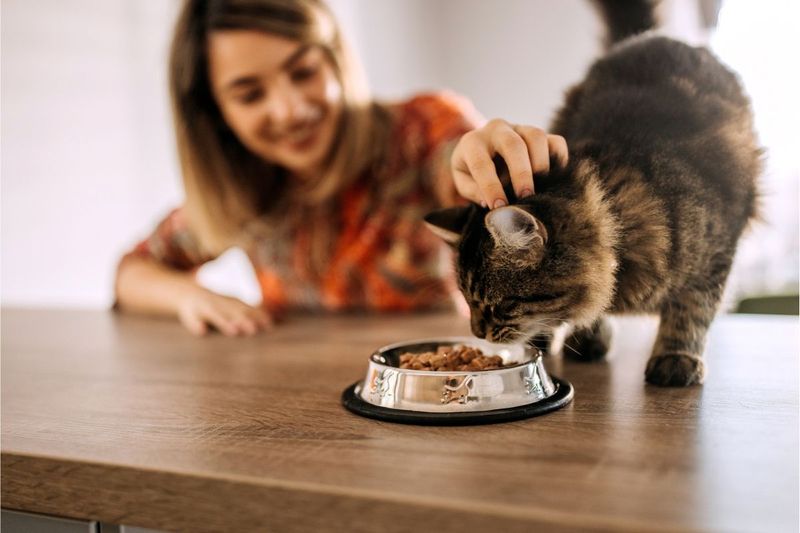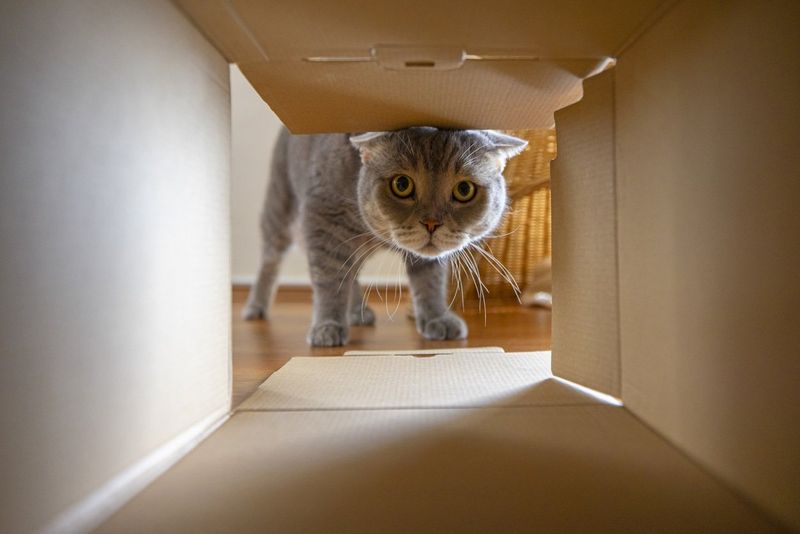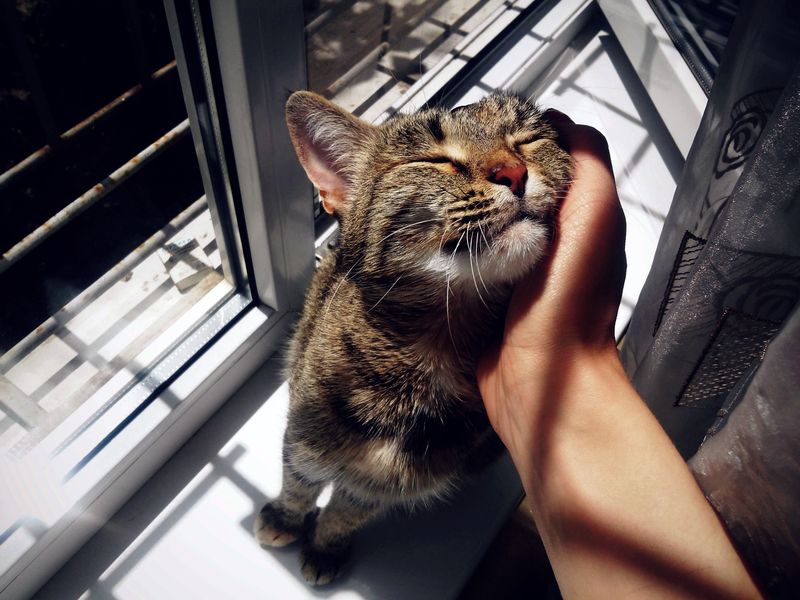📖 Table of Content:
- 1. Give Your Cat a Safe Space
- 2. Let Your Cat Set the Pace
- 3. Start with Scent First
- 4. Keep Initial Interactions Short
- 5. Avoid Direct Eye Contact
- 6. Use a Calm and Gentle Voice
- 7. Encourage Passive Bonding
- 8. Offer Treats as Positive Reinforcement
- 9. Play Can Be a Bridge
- 10. Respect Personal Boundaries
- 11. Keep Your Cat’s Routine Consistent
- 12. Encourage Familiarity Through Feeding
- 13. Use Feliway or Calming Aids
- 14. Allow Natural Curiosity
- 15. Be Patient and Celebrate Small Wins
Introducing a new partner to your shy cat can be a delicate process that requires patience, understanding, and the right approach. Cats are naturally territorial and often wary of strangers, especially if they are timid or have had limited socialization. A sudden introduction can lead to stress, fear, or even aggression, making it essential to take things slow. By respecting your cat’s comfort level and following a gradual approach, you can help them adjust to this new person in their life.
Building trust between your cat and your partner isn’t about forcing interaction but rather creating an environment where your cat feels safe and in control. Cats rely heavily on scent, routine, and body language, so introducing your partner in a way that feels familiar and non-threatening can make all the difference. Simple steps like scent association, passive bonding, and positive reinforcement can help ease your cat’s anxiety. It’s important to recognize that every cat is different—some may warm up quickly, while others may take weeks or even months to fully accept a new person.
The key to success is patience and consistency. Rushing the process can backfire and make your cat more fearful, while a slow and steady introduction will allow them to build confidence at their own pace. By following the right strategies and giving your cat the time they need, you can help them form a positive connection with your partner. Over time, your cat may come to see your partner not as a threat but as a new friend in their trusted circle.
1. Give Your Cat a Safe Space
Before introducing your partner to your shy cat, ensure a designated safe space for them. This could be a quiet room equipped with their bed, litter box, and favorite toys. Allowing your cat to have a retreat will help them feel secure. When your partner arrives, they should avoid entering this space initially. This sanctuary will be the cat’s refuge if they feel overwhelmed. Giving your cat autonomy over their space is crucial in helping them feel relaxed as new experiences unfold around them.
2. Let Your Cat Set the Pace
Let your cat approach your partner on their terms. Forcing interactions can lead to anxiety and setbacks in building trust. Encourage your partner to remain calm and patient, allowing the cat to decide when they are comfortable. Observing from a distance lets the cat feel less threatened. Every small step your cat takes towards your partner signifies progress. By respecting your cat’s pace, you foster a more harmonious introduction and build a foundation for trust.
3. Start with Scent First
Introduce your partner’s scent to your cat by leaving an item of their clothing, like a worn shirt, in the cat’s space. This helps your cat become familiar with the new scent in a non-threatening manner. Allow your cat to investigate it at their own leisure. Scent is a powerful tool for cats as it gives them context about their environment. Familiarizing your shy feline with your partner’s scent sets the stage for a more comfortable face-to-face meeting.
4. Keep Initial Interactions Short
During the first meetings, keep interactions between your cat and partner brief. Gradually lengthen these encounters as your cat shows signs of comfort. Short visits help prevent overwhelming your shy cat with too much novelty at once. As familiarity grows, your cat will start associating your partner’s presence with normalcy. This gradual exposure builds confidence and ensures the cat feels secure and unthreatened, paving the way for a stronger bond.
5. Avoid Direct Eye Contact
Prolonged eye contact can intimidate a shy cat. Guide your partner to blink slowly or look away occasionally when interacting. Cats perceive direct, unbroken eye contact as a threat, so teaching your partner to avoid this can ease initial tensions. Subtle gestures like slow blinking mimic feline language, showing your cat that your partner is friendly and approachable. This small but significant adjustment helps in cultivating trust and comfort.
6. Use a Calm and Gentle Voice
Loud voices or sudden movements can easily startle a shy cat. Advise your partner to use a calm and gentle voice when around your cat. Speaking softly and moving slowly helps in creating a serene environment. This enhances your cat’s comfort level, reducing stress and fear. Your cat will gradually associate your partner’s presence with calmness, which can significantly aid in the bonding process. Gentle interactions lay the groundwork for a trusting relationship.
7. Encourage Passive Bonding
Passive bonding involves your partner sitting quietly in the same room as your cat without directly engaging. This allows your cat to observe them at their own pace. Such interactions demonstrate to the cat that your partner is non-threatening. It’s a subtle yet effective way to build a connection. Over time, your cat may grow curious and initiate contact. This unhurried approach respects your cat’s comfort zone and fosters a sense of security.
8. Offer Treats as Positive Reinforcement
Ask your partner to offer treats to your cat, but without direct interaction. Tossing treats near the cat encourages them to associate your partner with positive experiences. This indirect approach rewards the cat’s bravery and curiosity, reinforcing good behavior. It is also an effective way to gradually close the distance between them. Over time, your cat will learn to associate your partner’s presence with rewards, building trust and positivity in their interactions.
9. Play Can Be a Bridge
If your cat enjoys interactive play, such as with a wand toy or laser pointer, introduce your partner to these activities. Play sessions can serve as a bridge to strengthen their bond. They provide a shared experience that is both fun and non-threatening. Ensure it is gentle and respects the cat’s pace. Play stimulates positive emotions and can help your cat see your partner as a source of enjoyment, aiding in their relationship-building journey.
10. Respect Personal Boundaries
It’s crucial to respect your cat’s personal boundaries. If they hiss, hide, or act fearfully, do not push them to interact. Acknowledge their feelings and give them time to adjust at their own pace. Your partner should recognize these signals and respond with patience. By doing so, you respect the cat’s autonomy and comfort. This approach reduces stress, allowing your cat to feel more secure, and paves the way for eventual acceptance and trust.
11. Keep Your Cat’s Routine Consistent
Maintaining your cat’s regular routine is vital during introductions. Cats are creatures of habit and thrive on consistency. Ensure feeding, playtime, and sleep schedules remain unchanged after your partner arrives. A familiar routine provides stability and reduces stress, helping your cat to feel secure. Your partner’s presence can then be seen as an addition to their normal life rather than a disruption. Consistency in routine aids in making transitions smoother and more comfortable for your feline.
12. Encourage Familiarity Through Feeding
Involving your partner in feeding routines can help your cat associate them with positive experiences. If your cat is comfortable, have your partner offer meals or treats. This act not only builds trust but also positions your partner as a provider of good things. With each feeding, the cat’s comfort levels may increase, seeing your partner as part of their trusted circle. Feeding is a fundamental way to nurture familiarity and warmth between your cat and your partner.
13. Use Feliway or Calming Aids
Calming aids like Feliway diffusers can ease your cat’s anxiety during introductions. These products emit synthetic pheromones that help cats feel comforted and secure. Placing a diffuser in the areas where your cat and partner will interact most can make encounters less stressful. Calm surroundings foster positive interactions and help shy cats gradually adjust to new situations. Using these aids is a supportive tool for creating a harmonious environment for your cat.
14. Allow Natural Curiosity
Encourage your partner to let the cat’s natural curiosity guide interactions. If your cat begins to sniff or approach on their own, allow it to progress naturally. Avoid reaching out too quickly, as it can startle them. Patience and letting them explore at their own pace show respect for their comfort levels. This natural curiosity often leads to increased confidence and willingness to interact, helping your cat warm up to your partner in a stress-free manner.
15. Be Patient and Celebrate Small Wins
Every interaction is a step forward, no matter how small. Celebrate each positive sign, such as the cat staying in the same room or showing curiosity. Patience is key; some cats take longer than others to adjust. Acknowledge these small victories, as they contribute to the overall process of acceptance and bonding. Encouragement and patience from your partner will help create a loving environment where your cat feels comfortable to eventually form a lasting bond.




